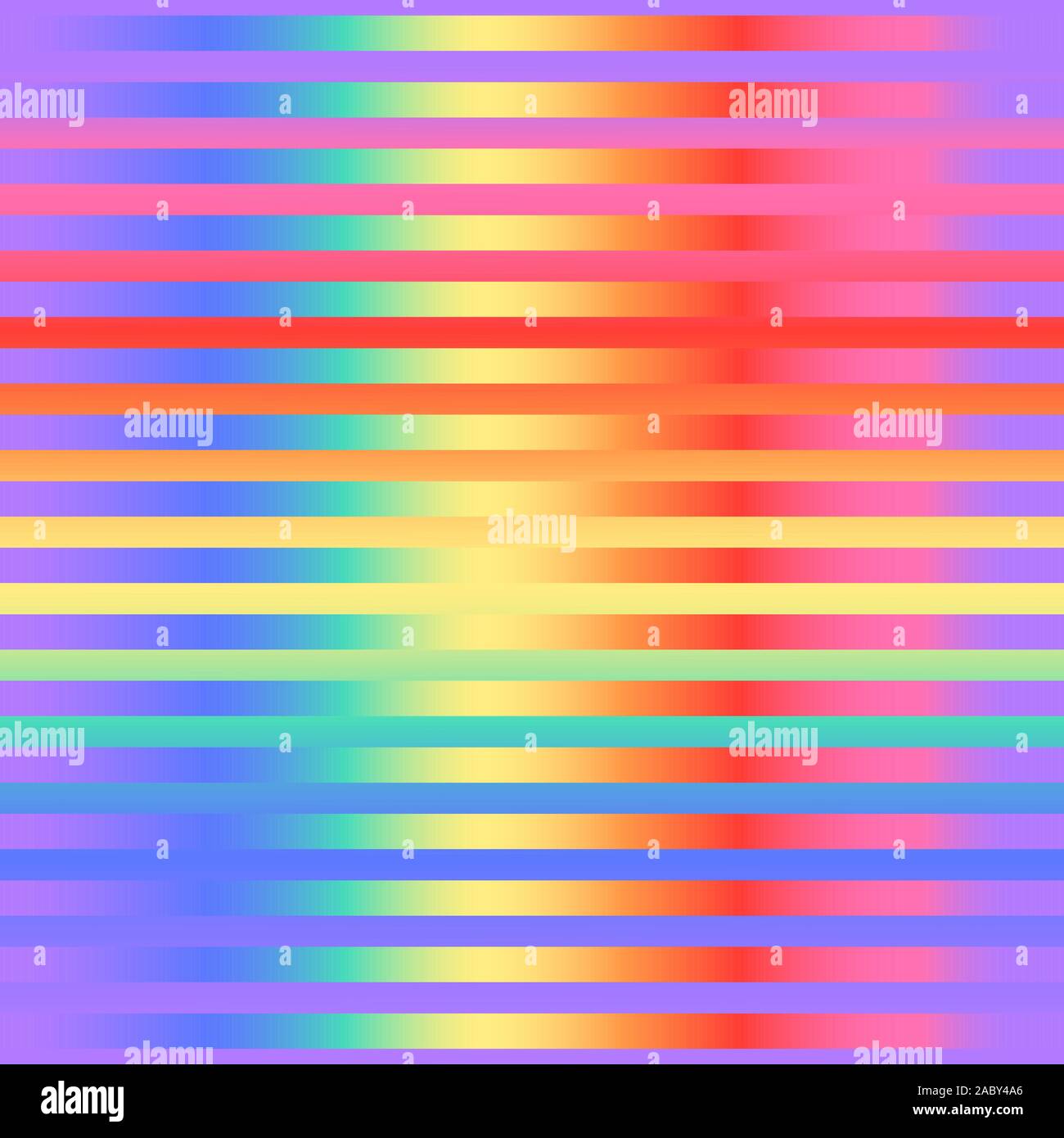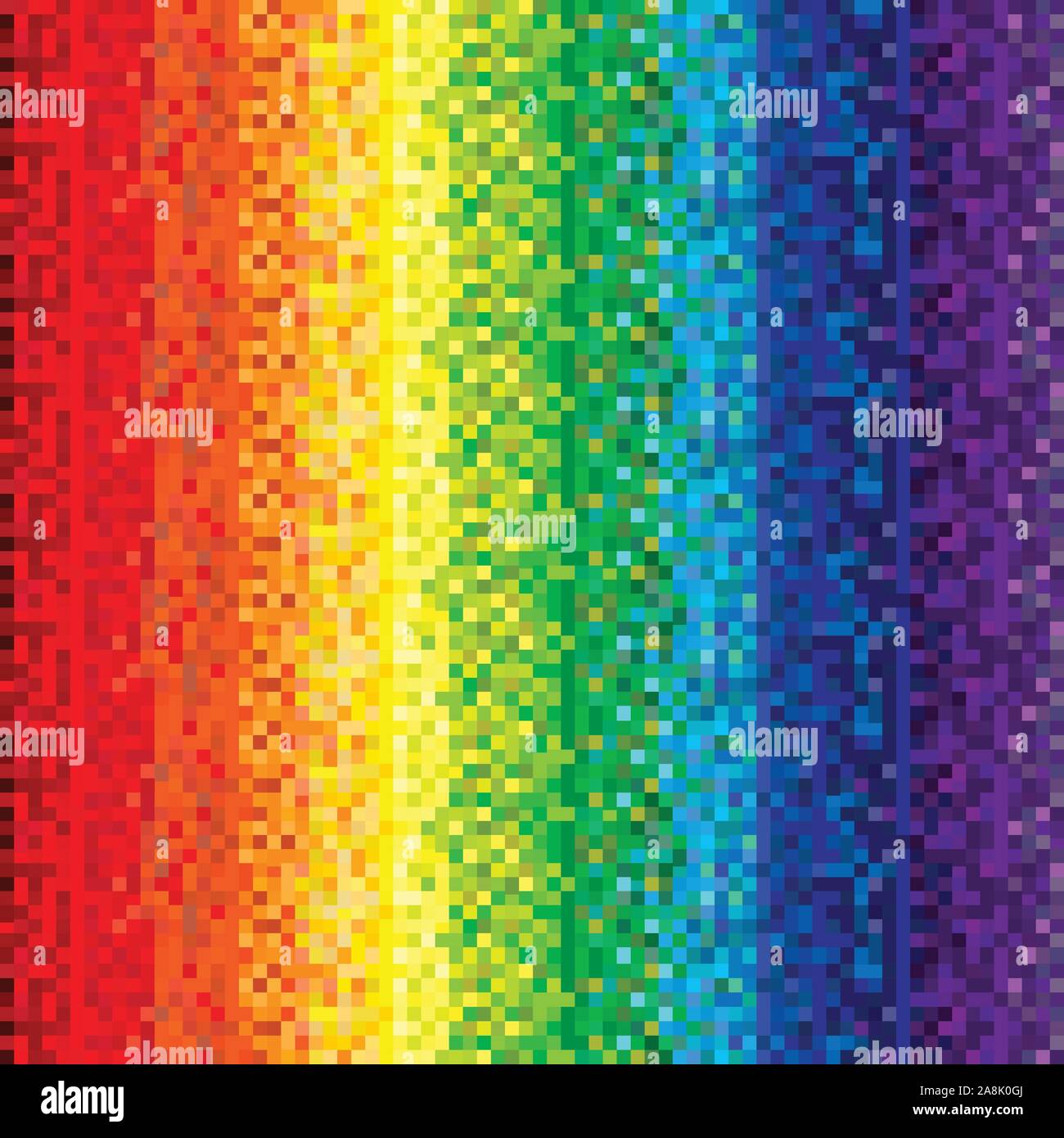

I have thought using those color tables since I saw the Brewer article in EOS, but never implemented more than one in my IDL codes. I updated the color tables to fix problems with the qualitative color tables and added new routines to access

Here’s a list of all the tables:ĥ Responses to “Updated Brewer color tables” The order of the tables (sequential first, then the diverging, and then ending with all the variations of the qualitative) was also changed to match the Brewer order instead of the previous alphabetical listing. In total, there are 18 sequential, 9 diverging, and 58 qualitative color tables (of 8 different styles). For example, “Pastel1” has versions with 3, 4, 5, 6, 7, 8, or 9 colors. The qualitative color tables each have multiple versions included, depending on how many colors are needed. These color tables are for labeling, so they contain 3 to 12 colors instead of a full set of 256 colors. The update fixes the qualitative color tables. The () includes `MG_LOADCT` and `MG_XLOADCT`, which are wrappers around `LOADCT` and `XLOADCT` that use the Brewer color tables instead of the default color tables. However, when I used a dicom image downloaded online it worked fine.I have updated the Brewer color tables that I () last fall. pro extension and prefix with the symbol: pro files in batch mode without compiling. Sudo mv Lunar-eclipse-09-11-2003.jpeg /usr/examples/data/moon.jpg gedit get_image.pro PRO get_imageįile = filepath('moon.jpg', subdir=)Ī window should be displayed possibly not displaying much of the moon image but I don’t yet know the purpose of loadct except that it accepts values from 0 to 40 so you could try a few of these to see what they do – I’m on the steeper end of a learning curve here. pro file: sudo mkdir -p /usr/examples/data pro file using a simple text editor and finally compile and run the.

In this example we are first going to get an image file from Wikipedia to use in our example, then create a. Applications > Accessories > Terminal ) and start GDL with command gdl on the command line.Ī simple plot is displayed with the following GDL commands: In the “Beginner Code Examples” below, I am the beginner so no questions about programming please! For a list of functions / compatability try this list.Īfter installation and choosing an editor it is time to delve in to some code. GDL is a free IDL (Interactive Data Language) compatible incremental compiler (ie. It supports graphical output and is intentionally designed to be highly compatible with the commercial IDL language. The Gnu Data Language is an interactive interpreter/incremental compiler for the GNU Data Language, which is primarily used in scientific, astronomical, medical and geo-science data processing applications.


 0 kommentar(er)
0 kommentar(er)
